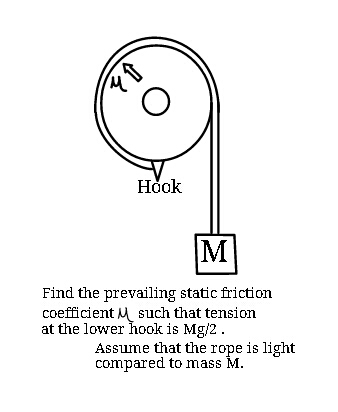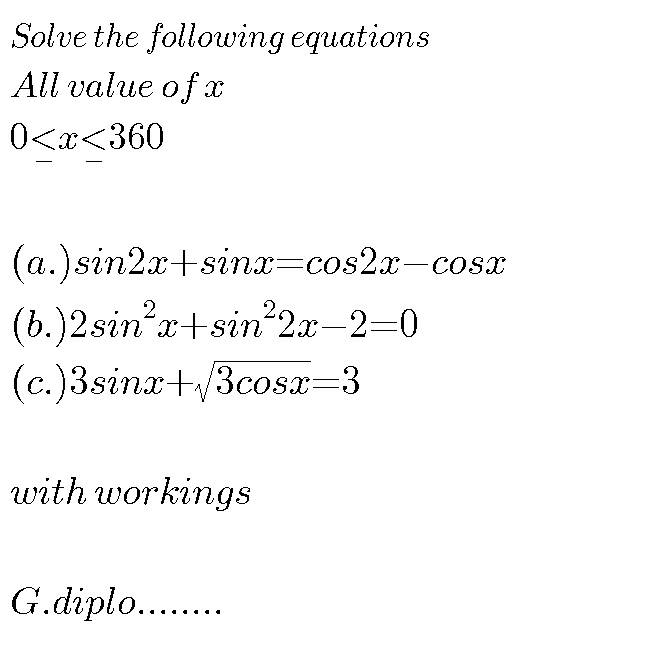
AllQuestion and Answers: Page 1936
Question Number 15541 Answers: 0 Comments: 1
Question Number 15539 Answers: 0 Comments: 0

Question Number 15538 Answers: 0 Comments: 0

Question Number 15534 Answers: 1 Comments: 1

Question Number 15504 Answers: 1 Comments: 3
Question Number 15501 Answers: 1 Comments: 0
$$\mathrm{Solve} \\ $$$${x}^{\mathrm{3}} −\lfloor{x}\rfloor=\mathrm{3} \\ $$
Question Number 15497 Answers: 1 Comments: 5
Question Number 15495 Answers: 0 Comments: 2

Question Number 15485 Answers: 1 Comments: 0

Question Number 15480 Answers: 1 Comments: 1

Question Number 15471 Answers: 1 Comments: 0

Question Number 15470 Answers: 0 Comments: 0

Question Number 15474 Answers: 0 Comments: 0

Question Number 15473 Answers: 0 Comments: 0

Question Number 16613 Answers: 1 Comments: 2

Question Number 15463 Answers: 1 Comments: 0
Question Number 15452 Answers: 1 Comments: 0

Question Number 15448 Answers: 0 Comments: 2
Question Number 15440 Answers: 3 Comments: 9

Question Number 15434 Answers: 1 Comments: 8

Question Number 15407 Answers: 1 Comments: 0
Question Number 15405 Answers: 1 Comments: 0
Question Number 15393 Answers: 1 Comments: 0
Question Number 15392 Answers: 1 Comments: 0
Question Number 15377 Answers: 1 Comments: 0
Question Number 15384 Answers: 1 Comments: 0
Pg 1931 Pg 1932 Pg 1933 Pg 1934 Pg 1935 Pg 1936 Pg 1937 Pg 1938 Pg 1939 Pg 1940
